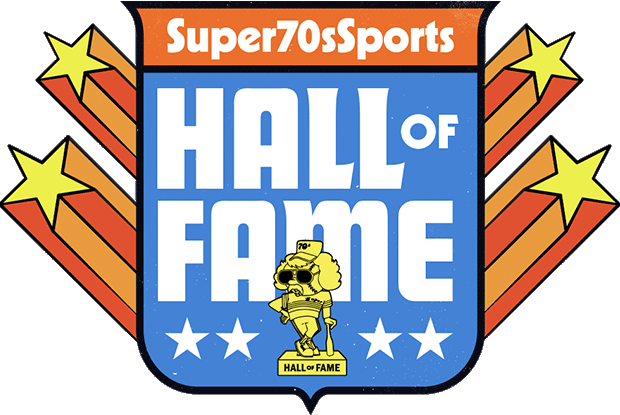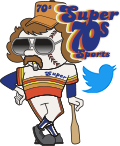Pinball wasn’t just a game—it was a battle between man and machine, and the machine cheated like hell.
Every pinball cabinet was a work of art: loud, garish, blinking like a Vegas billboard during a thunderstorm. Spaceships, monsters, bikini girls, muscle cars—whatever the theme, it screamed at you in chrome and neon. You didn’t just play pinball. You got summoned by it. Drawn in by the siren call of a flashing “START” button and a soundtrack that somehow combined lasers, chimes, and what might have been a tiny panic attack.
You’d slap in a quarter (or three) and launch that silver ball with the grace of a medieval siege weapon. From there, it was all reflexes and superstition.
You nudged the table, you bumped it with your hip, you whispered sweet nothings to the flippers—anything to keep the ball alive just one more second. You knew the sweet spots: that left bumper that always gave you a bonus multiplier, the loop that triggered the siren and lit up the board like a disco inferno. And then—tilt. One nudge too many, and the machine shut down like a parent who’d had enough. Lights out. Score frozen. Dreams dashed.
And yet, we kept coming back. Because pinball didn’t judge you. It didn’t need internet access. It didn’t have leaderboards full of strangers. It had you, your wrists, and the will to outlast gravity.
Pinball was sweaty palms and second chances. It was the clatter of quarters and the sting of defeat. It was the original boss level, with no continues and no mercy.
And when you finally nailed the jackpot? That shriek of points, the lights going berserk, the ball-launcher vibrating with approval?
For a moment, you weren’t just playing a machine. You were part of it.








